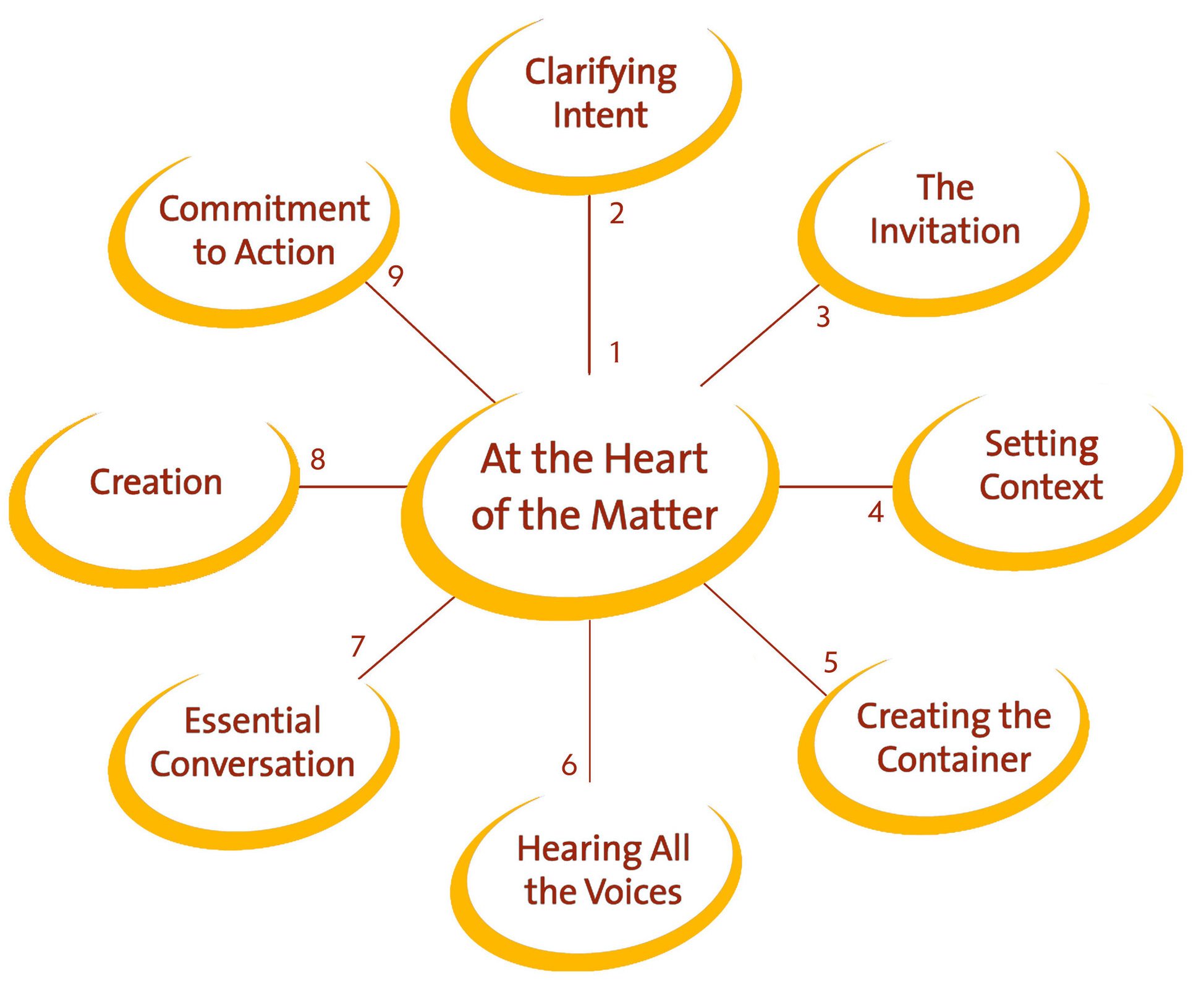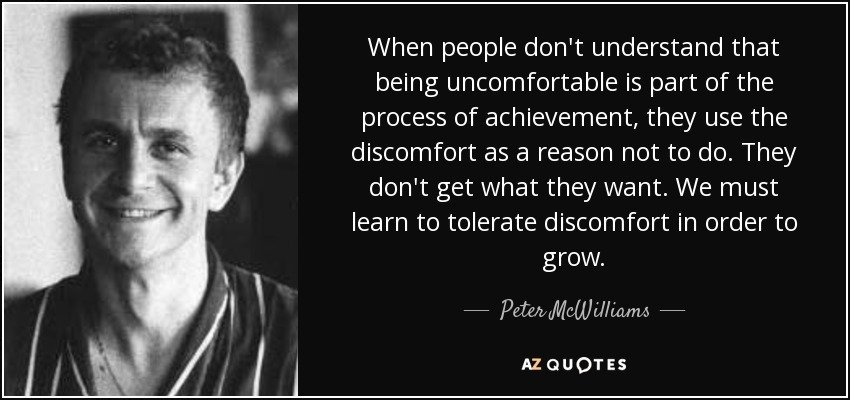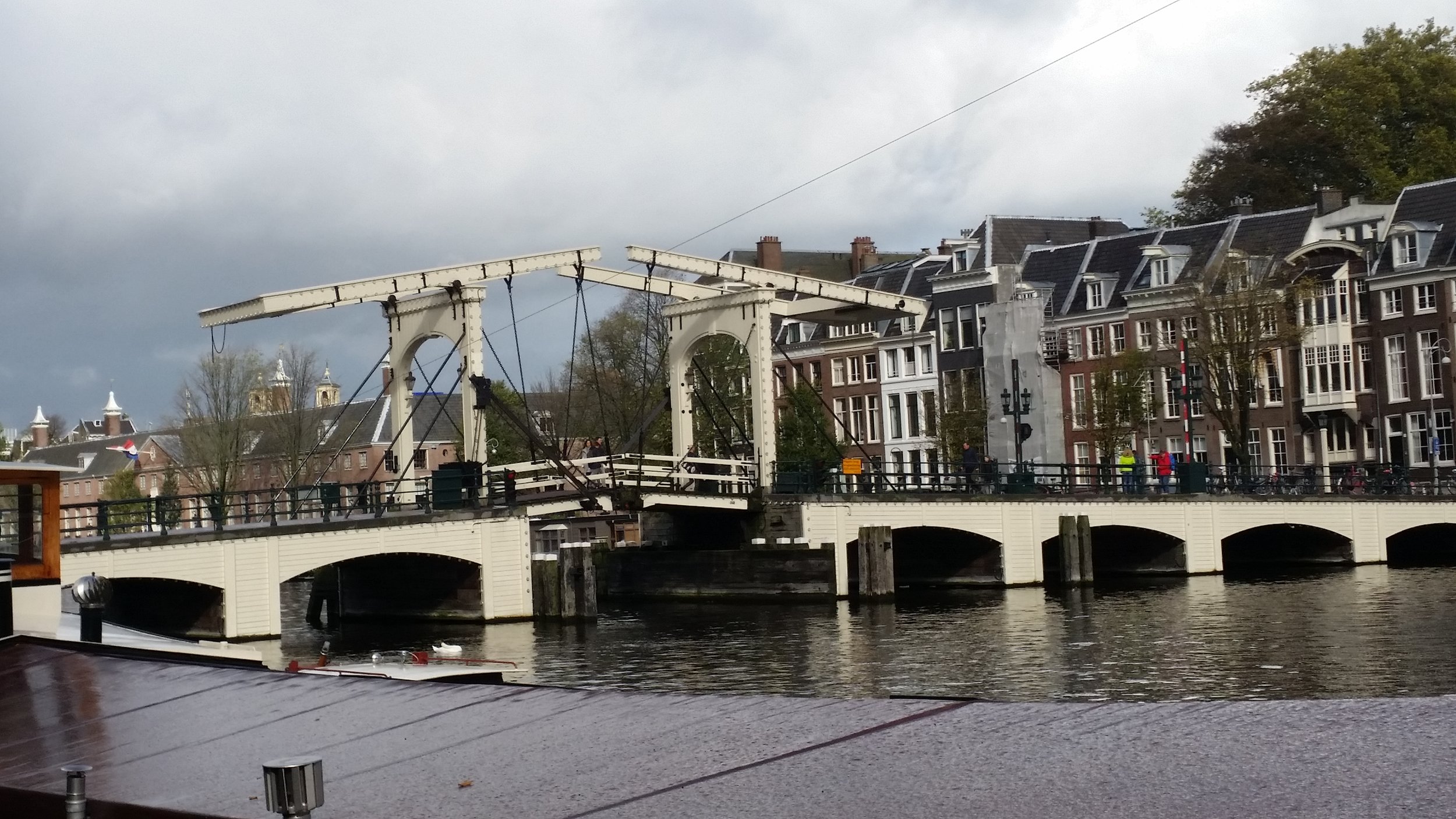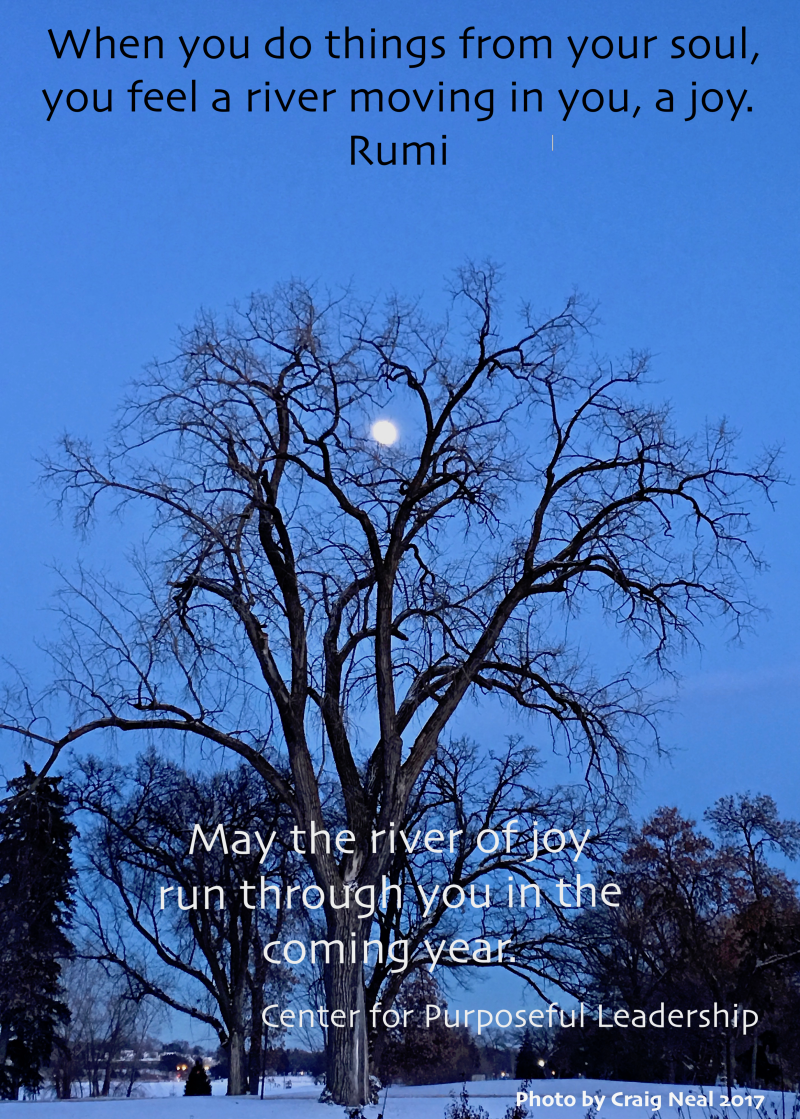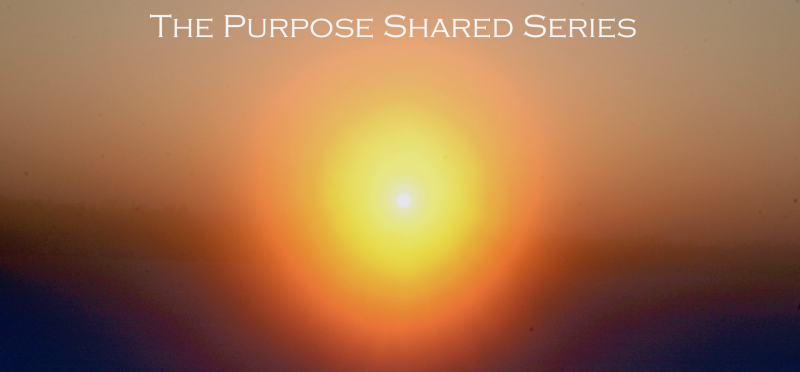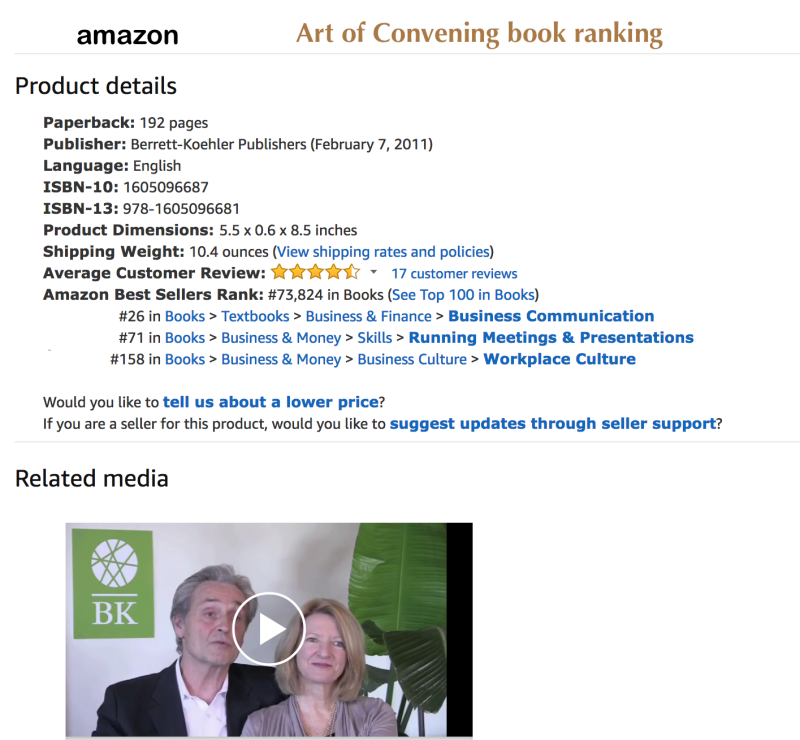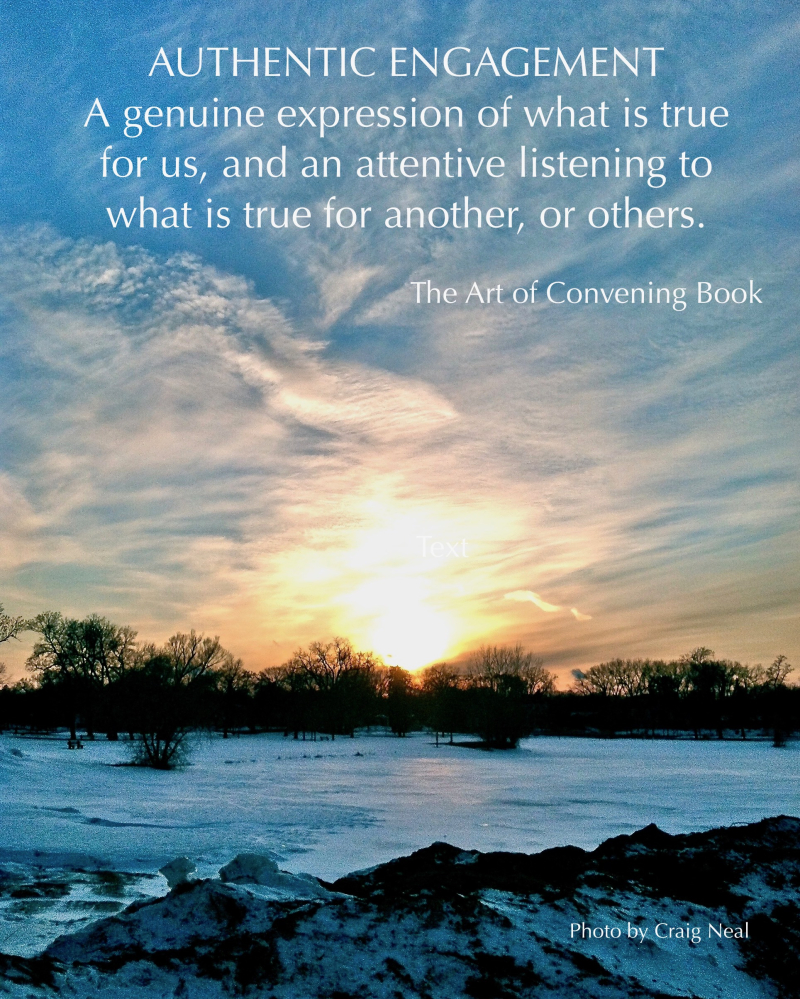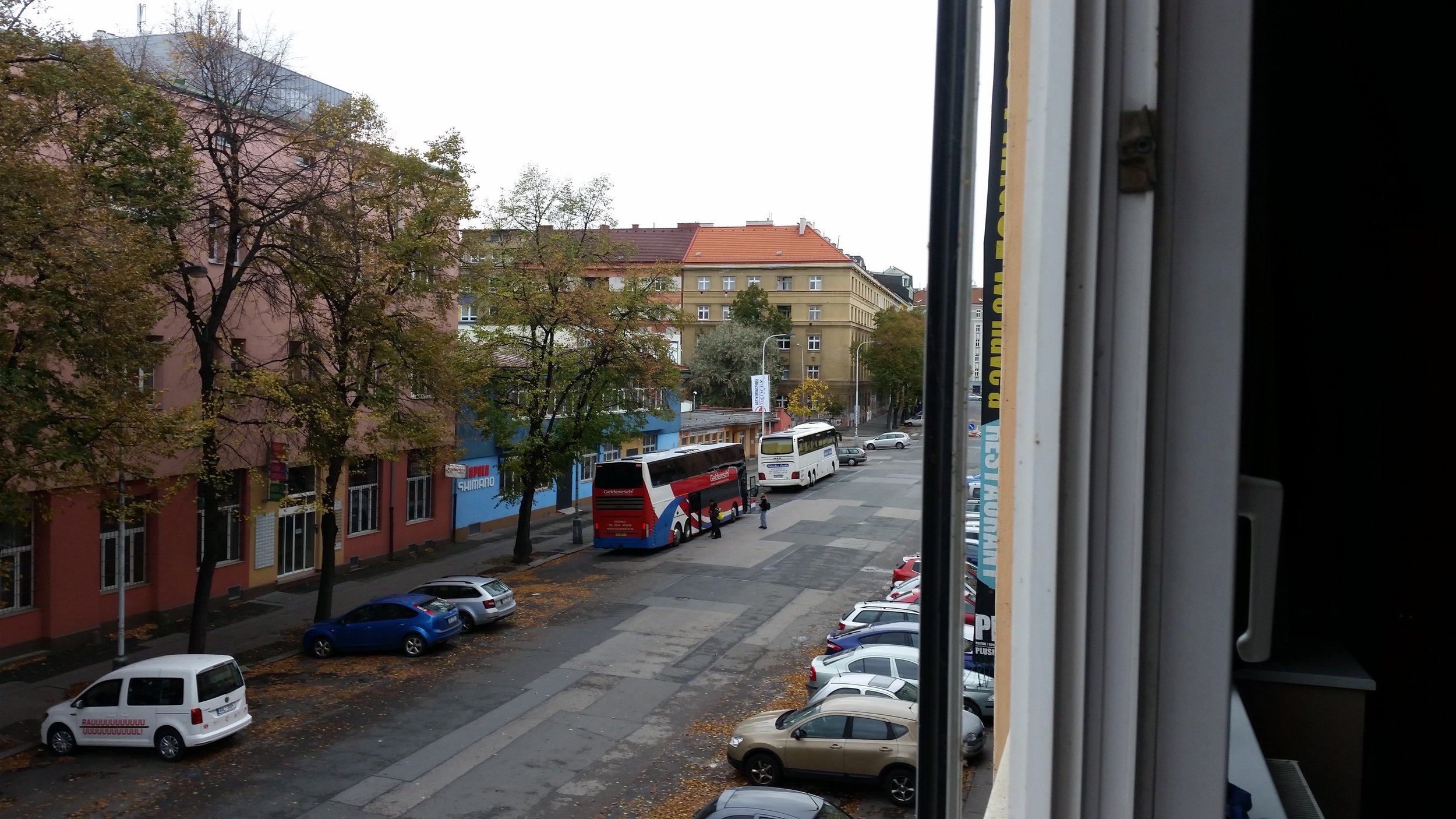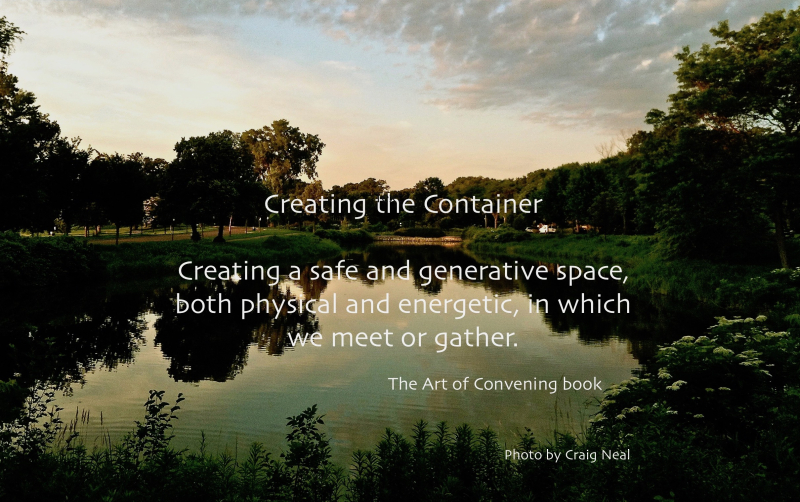A Leader Looks to Retain Top Talent: A Client Success Story
/Photo Credit: Craig Neal
by Rachel Harris
In a periodic series, Heartland Group shares illuminating case studies of change management successes. The current installment focuses on a client who had come to a cross-roads and knew the status quo was no longer an option. Our client is a Human Resources Vice President who sought to resolve an employee retention problem, but found roadblocks in navigating a much more complex situation in the company culture. She hired Heartland Group to apply Convening methodology and map a path forward.
Coming to the realization that her smartest, most talented staff were underperforming or leaving, a Vice President of Human Resources knew a change was needed. After assessing employee needs and emphasizing talent retention, she discovered that company culture was impacting performance.
She contacted Conversational Intelligence-trained coach Patricia Neal and initiated a plan of action. Together they focused on retaining top female talent in the male-dominated engineering company and re-energizing the workforce through a special interest group (SIG). What began as a staffing retention issue had morphed into a culture change initiative. This is where the project got exciting!
This SIG met to re-focus the mission and vision, design a kick-off meeting and receive Art of Convening training. The group relaunched successfully in March with over 70 people in attendance - double the expected turnout! Their success evolved from executive coaching and training on more effective meetings. Now that the SIG is up and running, they have requested a quarterly tune-up on designing effective meetings for inclusion. The quarterly trainings and monthly coaching have enabled middle managers to create a culture of inclusion, develop staff buy-in and transform their leadership. Excellent outcomes!
We love to work with leaders who are ready to move beyond the status quo.Center for Purposeful Leadership: Connect. Engage. Collaborate. Give us a jingle. #612-920-3039.
























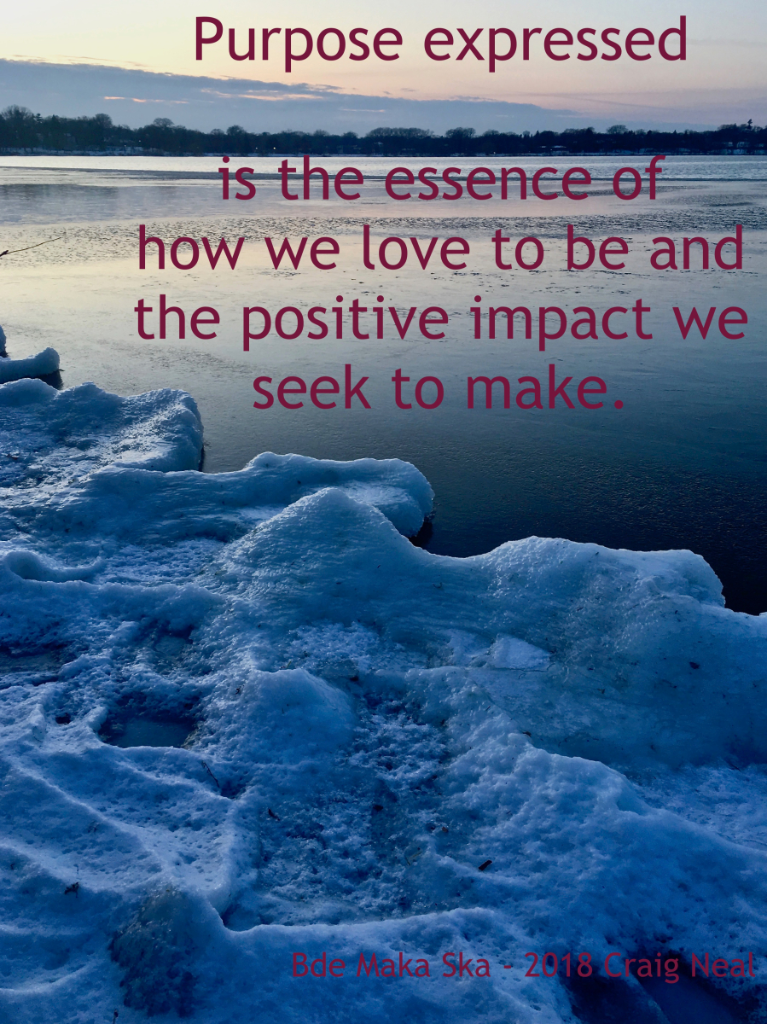
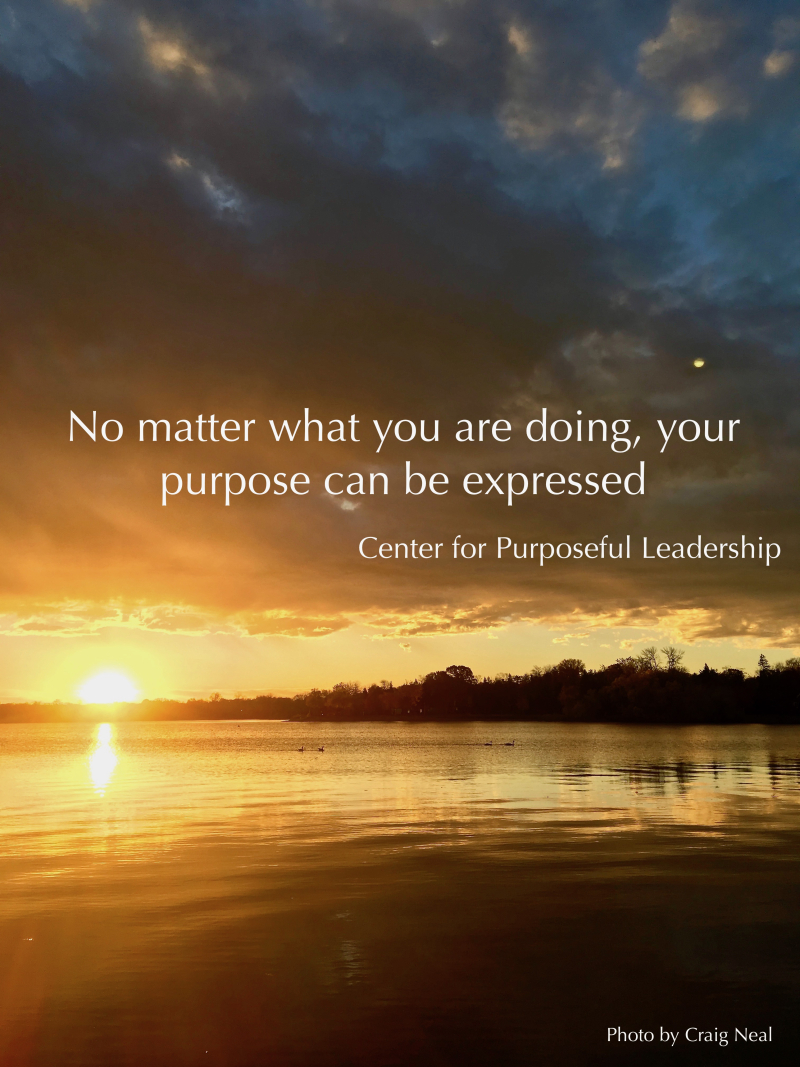













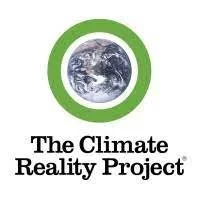







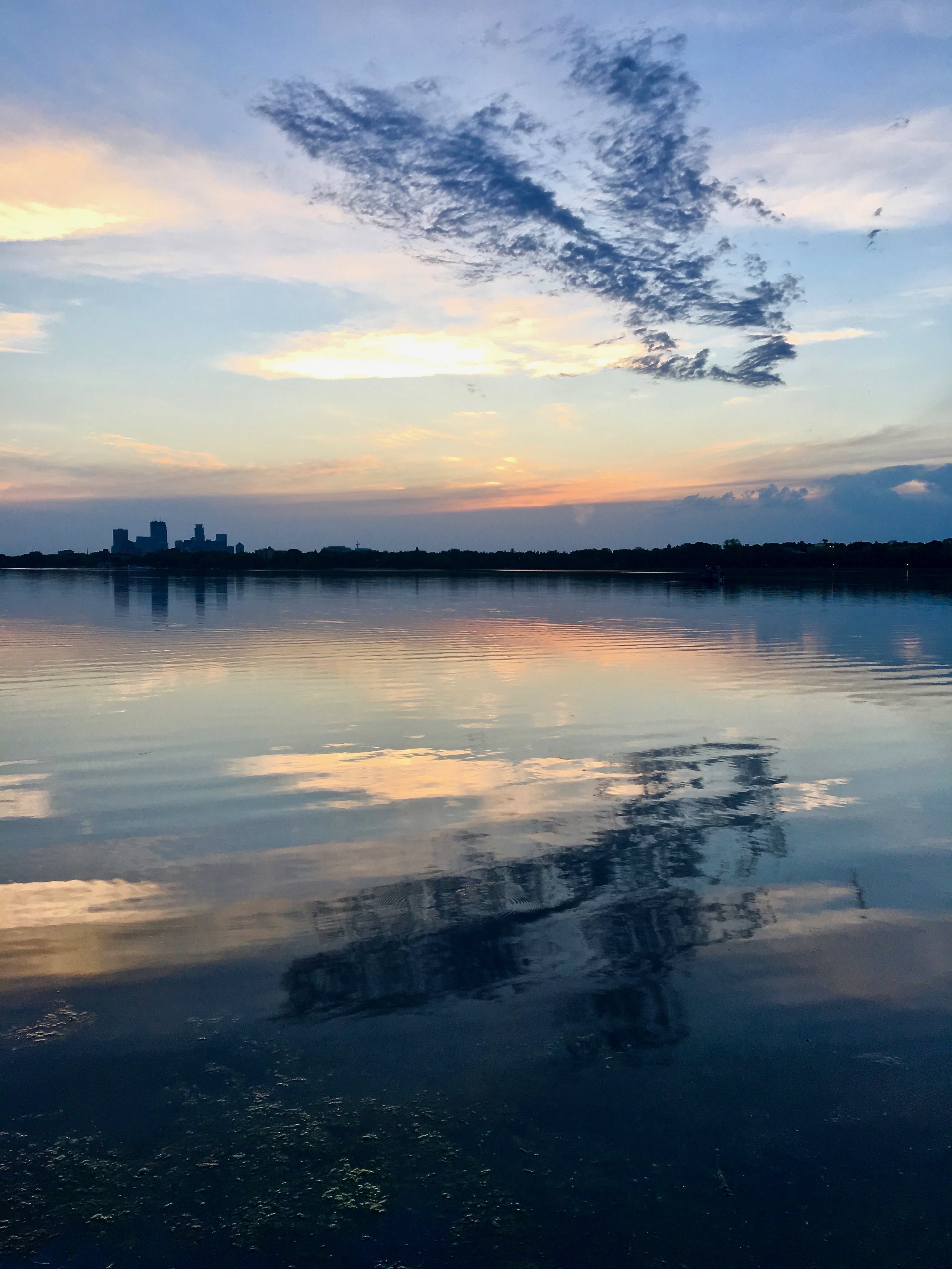

![[Hearth] Voices from Ukraine: Part 2](https://images.squarespace-cdn.com/content/v1/58a4e3be9de4bb98b066fd6f/1647955546471-VUGA4FCGFEUYJ29TEQVA/sunforest-mix-sunflower-types-1586794598.jpeg)

